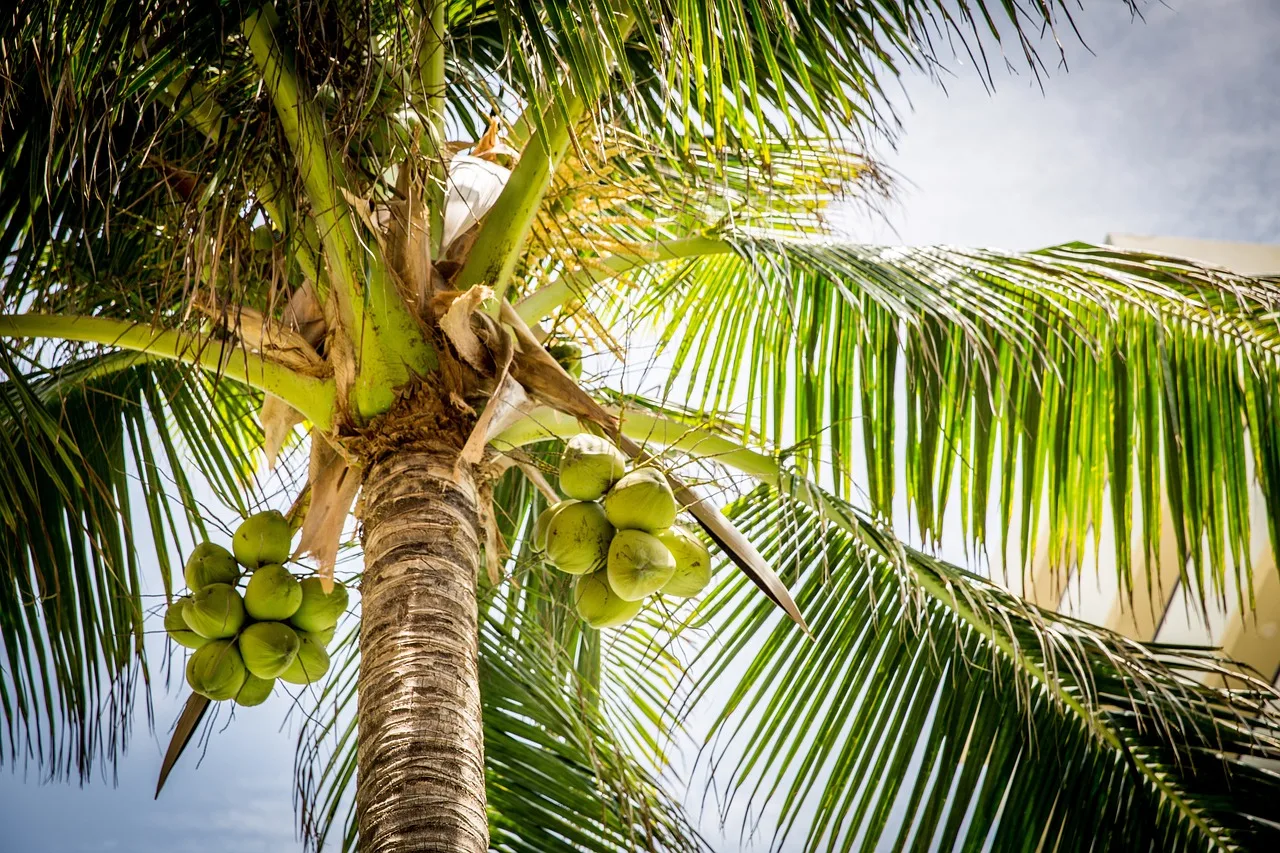
Coconut leaves have been an integral part of many cultures for centuries. From traditional uses to modern eco-friendly alternatives, these versatile leaves offer a wide range of benefits. In this article, we will explore the various uses and benefits of them, including their role in traditional practices, health benefits, culinary uses, arts and crafts, landscaping and gardening, DIY projects, and sustainable farming practices. By the end, you will have a newfound appreciation for the versatility of them and their potential to enhance our lives in numerous ways.
Introduction to Coconut Leaves
They are an iconic symbol of tropical landscapes, instantly transporting us to sandy beaches and lush greenery. Apart from their aesthetic appeal, these leaves serve multiple purposes in different cultures around the world. The coconut palm, known as the “tree of life,” provides sustenance and resources in abundance. One of its most valuable offerings is its leaves, which are a renewable and versatile resource.
Traditional Uses of Coconut Leaves
The traditional uses of them are deeply rooted in many cultures. In tropical regions, these leaves have been used for centuries for shelter, thatching roofs, and constructing walls. Their flexibility and durability make them ideal for creating sturdy structures that can withstand harsh weather conditions. Additionally, they have been used for weaving baskets, mats, and even clothing. The intricate patterns and designs created with these leaves are a testament to the craftsmanship and creativity of indigenous communities.
Eco-Friendly Alternatives Using CoconutLeaves
In recent years, there has been a growing interest in eco-friendly alternatives to conventional materials. They offer a sustainable and renewable alternative that can replace single-use plastics and other harmful materials. For instance, coconut leaf plates and bowls have gained popularity as an eco-friendly alternative to disposable plastic and paper products. These biodegradable and compostable alternatives not only reduce waste but also add a touch of natural elegance to any dining experience.
Health Benefits of Coconut Leaves
They are not just visually appealing; they also offer numerous health benefits. These leaves are rich in vitamins, minerals, and antioxidants that promote overall well-being. Drinking coconut leaf tea is a popular practice in many cultures, as it is believed to detoxify the body and boost the immune system. The leaves are also used in traditional medicine to treat ailments such as diabetes, high blood pressure, and digestive issues. Incorporating coconut leaves into your diet or using them in herbal remedies can be a natural way to enhance your health.
Culinary Uses of CoconutLeaves
They are not limited to just providing shade or being used in construction; they also have a place in the culinary world. In some cuisines, coconut leaves are used as natural food wrappers. The leaves are used to wrap ingredients like rice, fish, and vegetables before being steamed or grilled, imparting a unique aroma and flavor to the food. Additionally, they are used to make traditional desserts and beverages, adding a tropical twist to these culinary delights.
CoconutLeaves in Arts and Crafts
The versatility of them extends to the realm of arts and crafts. The long, slender shape of the leaf makes it an ideal material for creating intricate weavings and decorative items. From intricate wall hangings to delicate jewelry, they can be transformed into stunning works of art. The natural texture and color of the leaves add a touch of authenticity and organic beauty to any craft project.
Coconut Leaves in Landscaping and Gardening
Coconut leaves have long been used in landscaping and gardening due to their aesthetic appeal and practicality. These leaves can be used as a natural mulch to retain moisture and suppress weed growth. They also make excellent compost material, enriching the soil with essential nutrients. Additionally, coconut leaves can be used to create shade structures and windbreaks in gardens, providing a cool and protected environment for plants to thrive.
DIY Projects Using Coconut Leaves
Coconut leaves offer endless possibilities for creative DIY projects. From making eco-friendly brooms and fans to crafting unique home decor items, the options are only limited by your imagination. You can create beautiful lampshades, wall art, or even fashion accessories using coconut leaves. Engaging in DIY projects with coconut leaves not only allows you to unleash your creativity but also promotes sustainability by repurposing a natural resource.
Sustainable Farming Practices with Coconut Leaves
In the realm of agriculture, coconut leaves play a crucial role in sustainable farming practices. The leaves can be used as a natural mulch to suppress weed growth and retain moisture in the soil, reducing the need for synthetic herbicides and excessive watering. Coconut leaves can also be incorporated into composting systems, providing organic matter that enriches the soil and improves its fertility. Embracing these sustainable farming practices not only benefits the environment but also ensures long-term productivity and resilience in agricultural systems.
Conclusion: Embracing the Versatility of Coconut Leaves
They are truly a gift from nature, offering a multitude of uses and benefits. From traditional practices to innovative eco-friendly alternatives, these leaves have proven their versatility time and again. Whether it’s providing shelter, enhancing culinary experiences, or adding beauty to our surroundings, coconut leaves have a place in various aspects of our lives. By embracing the versatility of coconut leaves and exploring their potential, we can move towards a more sustainable and eco-friendly future.
CTA: Next time you enjoy the shade of a coconut palm or sip a refreshing coconut beverage, take a moment to appreciate the versatility of coconut leaves. Consider incorporating them into your daily life through DIY projects, sustainable farming practices, or simply by choosing eco-friendly alternatives. By doing so, you can contribute to a greener and more sustainable world.






